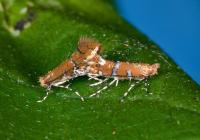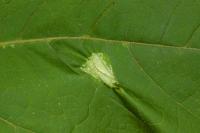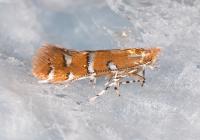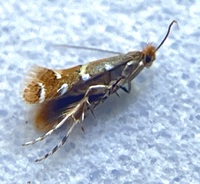
| Recorded by: Ken Kneidel on 2025-11-02
Mecklenburg Co.
Comment: | 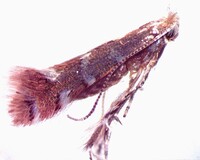
| Recorded by: Ken Kneidel on 2025-11-02
Mecklenburg Co.
Comment: |

| Recorded by: Mark Basinger and Jim Petranka on 2025-10-17
Madison Co.
Comment: Verbesina alternifolia was host plant. Blotch mine had cocoon present. | 
| Recorded by: Mark Basinger and Jim Petranka on 2025-10-17
Madison Co.
Comment: Verbesina alternifolia was host plant. Blotch mine had cocoon present. |

| Recorded by: Ken Kneidel on 2025-10-13
Mecklenburg Co.
Comment: | 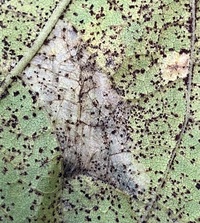
| Recorded by: Ken Kneidel on 2025-10-13
Mecklenburg Co.
Comment: |

| Recorded by: Ken Kneidel on 2025-10-13
Mecklenburg Co.
Comment: | 
| Recorded by: Jim Petranka and Becky Elkin on 2025-10-11
Madison Co.
Comment: |

| Recorded by: Jim Petranka and Becky Elkin on 2025-10-11
Madison Co.
Comment: | 
| Recorded by: Jim Petranka and Becky Elkin on 2025-10-04
Madison Co.
Comment: |

| Recorded by: Jim Petranka and Becky Elkin on 2025-10-04
Madison Co.
Comment: | 
| Recorded by: Jim Petranka and Becky Elkin on 2025-10-04
Madison Co.
Comment: |

| Recorded by: Dean Furbish, Lior S. Carlson on 2025-09-18
Orange Co.
Comment: | 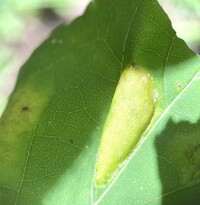
| Recorded by: Dean Furbish, Lior S. Carlson on 2025-09-18
Orange Co.
Comment: |
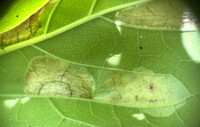
| Recorded by: Dean Furbish, Lior S. Carlson on 2025-09-18
Orange Co.
Comment: | 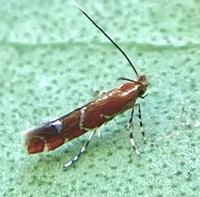
| Recorded by: Ken Kneidel on 2025-02-24
Mecklenburg Co.
Comment: |
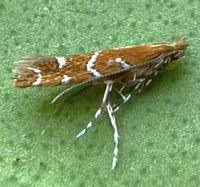
| Recorded by: Ken Kneidel on 2025-02-24
Mecklenburg Co.
Comment: | 
| Recorded by: Ken Kneidel on 2024-11-03
Mecklenburg Co.
Comment: |
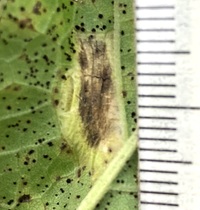
| Recorded by: Ken Kneidel on 2024-11-03
Mecklenburg Co.
Comment: | 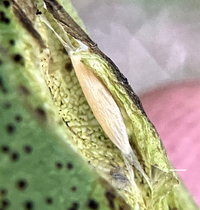
| Recorded by: Ken Kneidel on 2024-11-03
Mecklenburg Co.
Comment: |
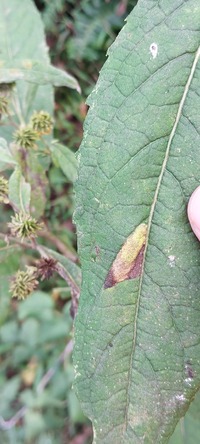
| Recorded by: Mark Basinger on 2024-09-21
Buncombe Co.
Comment: Unoccupied mines were on Verbesina alternifolia . | 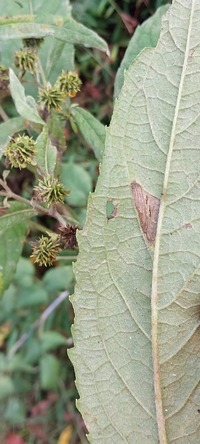
| Recorded by: Mark Basinger on 2024-09-21
Buncombe Co.
Comment: |
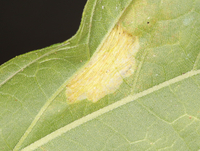
| Recorded by: Jim Petranka, Mark Basinger and Becky Elkin on 2024-09-21
Madison Co.
Comment: Occupied mines were on Verbesina occidentalis. | 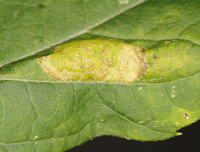
| Recorded by: Jim Petranka, Mark Basinger and Becky Elkin on 2024-09-21
Madison Co.
Comment: |
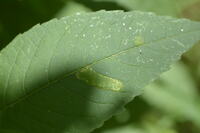
| Recorded by: Tracy Feldman on 2024-06-21
Chatham Co.
Comment: | 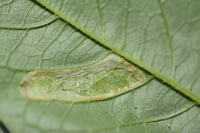
| Recorded by: Tracy Feldman on 2024-06-21
Chatham Co.
Comment: |
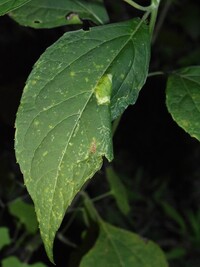
| Recorded by: David George, Jeff Niznik on 2023-09-11
Orange Co.
Comment: | 
| Recorded by: David George, Jeff Niznik on 2023-09-11
Orange Co.
Comment: |

| Recorded by: David George, Jeff Niznik on 2023-09-04
Orange Co.
Comment: | 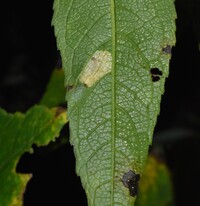
| Recorded by: David George, Jeff Niznik on 2023-09-04
Orange Co.
Comment: |
|

 »
»